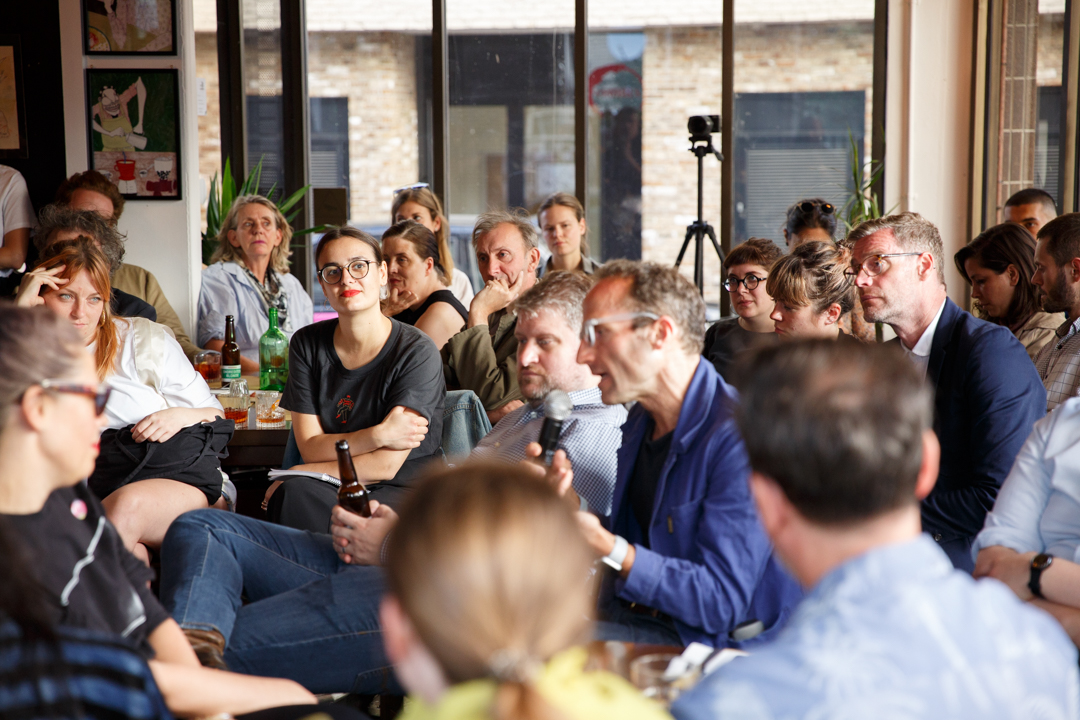LFA Patron, ft’work, is partnering with leading contemporary dance company Shobana Jeyasingh Dance in public dance responses to the festival theme of ‘boundaries’, bridging the gap between physical, social and cultural barriers. ft’work founder, Clare Richards, has been watching the choreographer and amateur dancers in rehearsal.
On consecutive days I visited rehearsals in Bethnal Green with senior dancers from Green Candle Dance Company, and Year 7 and 8 children form Oaklands School. What struck me first was the ability of the choreographer, Saju, to co-create complex dance movements with two such contrasting groups. Within a very short time they learnt and made their own a series of routines, in which they interact with each other and invisible boundaries. Pairs of Green Candle dancers crossed the room interweaving in an out of each other’s interlocked arms, forming complex knots. One of them said “it’s not getting in to these positions that worry me, it’s getting out again. Do you know hoe old I am…?”. This project proves that you’re never too old to dance.
At Oaklands School the session started with the levels of noise and chaos typical of any bunch of 11 and 12 year olds. Yet with a mixture of energy, enthusiasm and encouragement, Saju quickly had the boys staging stylised fights and the girls creating beautiful routines partly form their own imagination. I was amazed by the effect the dancing seemed to have on their concentration and poise and their pride was obvious as they performed their routines to each other.
For some of the girls, just to dance is to cross a significant boundary. But to dance in a public City square, to a packed lunchtime audience, is to cross so many more. I’m absolutely sure they will never forget this experience. As one of them said, “I never thought I’d get the chance to do something like this”.
They hope to see you there.


















